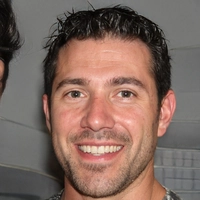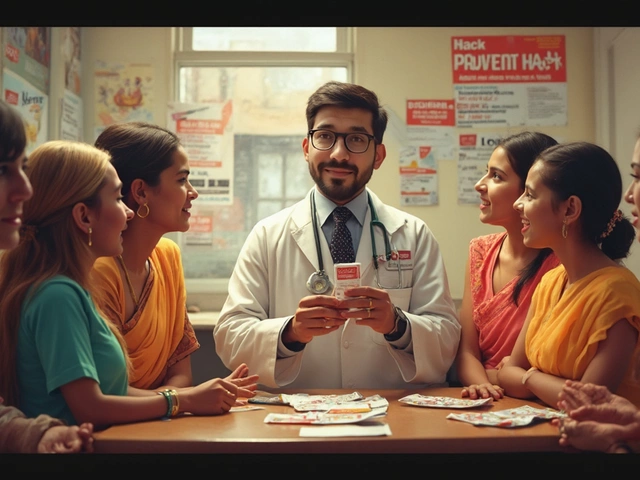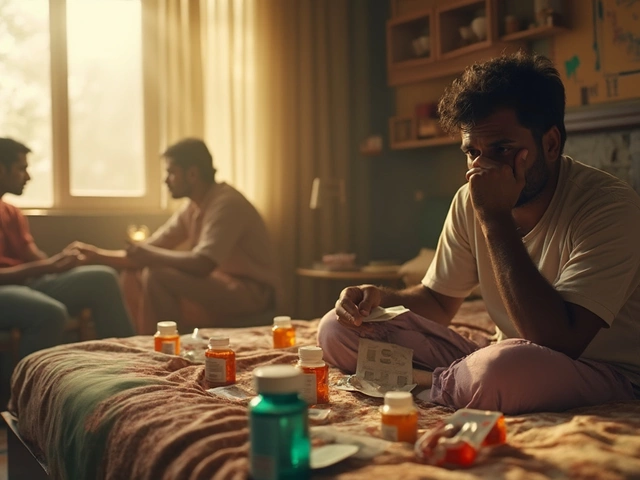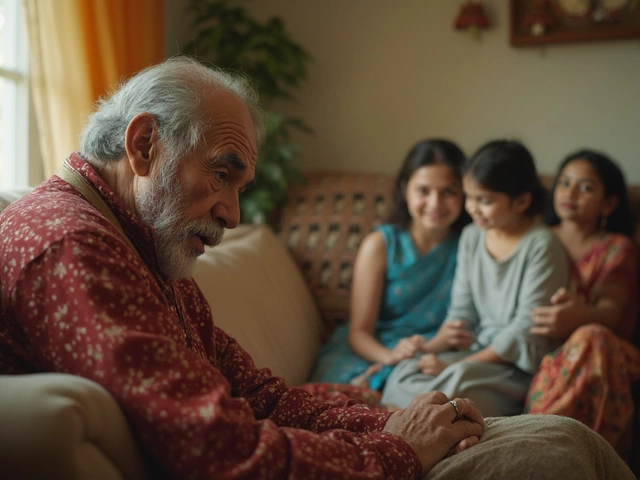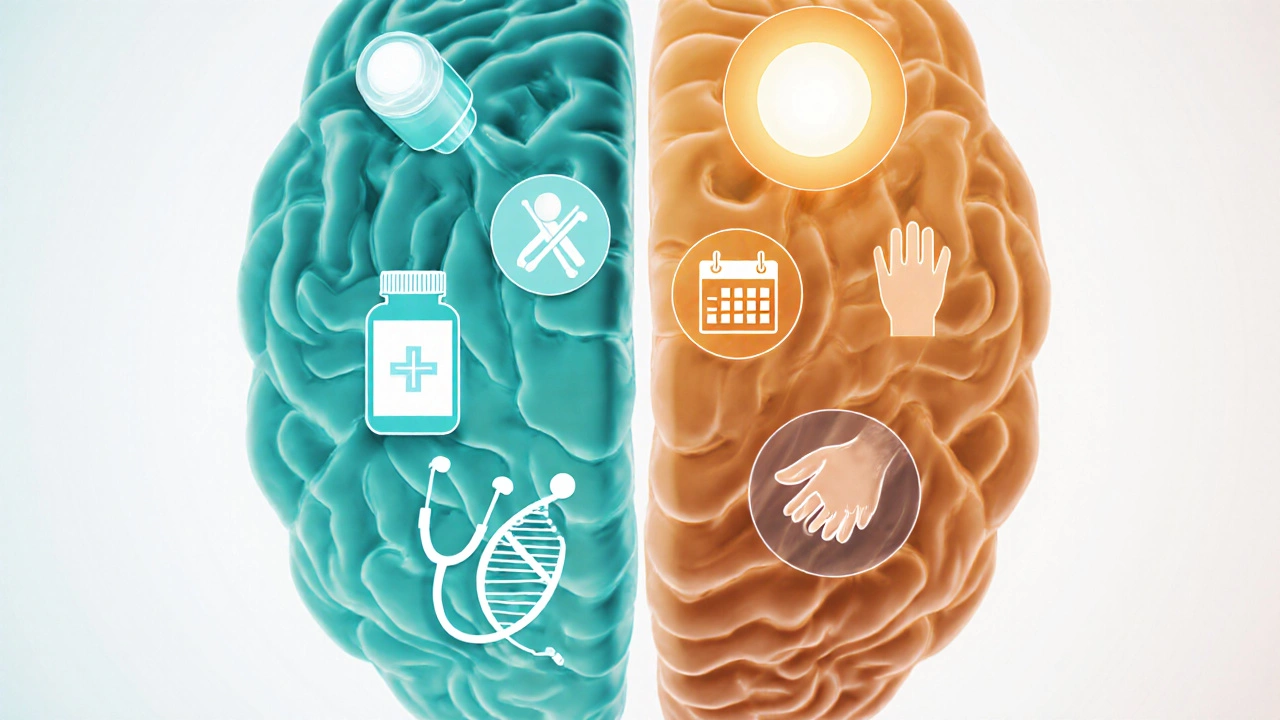
Key Takeaways
- Most mental illnesses can be managed, but a few have no known cure.
- Schizophrenia, severe bipolar disorder, autism spectrum disorder, and certain personality disorders fall into this group.
- Understanding why a cure is elusive helps set realistic expectations and improves long‑term care.
- Effective management relies on medication, therapy, lifestyle adjustments, and strong support networks.
- Early diagnosis and consistent treatment can dramatically improve quality of life, even when a cure isn’t possible.
What Does “Cure” Mean in Mental Health?
In medicine, a cure means the disease disappears completely and never returns. For many mental health conditions, the brain’s structure and chemistry are altered in ways we can’t fully reverse. Instead, clinicians aim for remission (symptoms are reduced enough that daily life isn’t disrupted) or stabilization (symptoms stay at a manageable level).
Because the brain is highly plastic, the line between “cured” and “well‑controlled” can be blurry. That’s why most professionals talk about "treatment" rather than "cure."
Mental Illnesses Generally Considered Not Curable
Below are the conditions that, based on current research and clinical guidelines, have no definitive cure. They can be controlled, but the underlying neurobiological changes tend to persist for life.
Schizophrenia is a chronic psychotic disorder characterized by hallucinations, delusions, disorganized thinking, and negative symptoms such as flat affect. The condition usually emerges in late adolescence or early adulthood and affects roughly 1% of the global population.
- Typical course: lifelong, with periods of acute relapse.
- Main treatments: antipsychotic medication, psychosocial rehabilitation, cognitive‑behavioral therapy (CBT) for psychosis.
- Curability status: not curable; symptoms can be reduced but rarely disappear completely.
Bipolar Disorder (Severe Type I) involves extreme mood swings from manic highs to depressive lows. While many patients achieve long‑term stability, the disorder’s genetic and neurochemical roots make a full cure unlikely.
- Typical course: recurrent episodes throughout life.
- Main treatments: mood stabilizers (lithium, valproate), atypical antipsychotics, psychotherapy (DBT, CBT).
- Curability status: not curable; effective management can prevent disabling episodes.
Autism Spectrum Disorder (ASD) is a neurodevelopmental condition marked by challenges in social communication, restricted interests, and sensory sensitivities. Because ASD stems from early brain development, there is no medical cure.
- Typical course: present from early childhood and persists into adulthood.
- Main treatments: behavioral interventions (ABA), speech and occupational therapy, social skills training.
- Curability status: not curable; interventions focus on skill building and independence.
Borderline Personality Disorder (BPD) features unstable relationships, intense emotions, fear of abandonment, and impulsivity. While psychotherapy can achieve remission for many, the personality structure itself does not revert to a “healthy” baseline.
- Typical course: chronic emotional dysregulation, often improving with age.
- Main treatments: Dialectical Behavior Therapy (DBT), mentalization‑based therapy, sometimes low‑dose antipsychotics.
- Curability status: not curable; therapy can dramatically reduce harmful behaviors.
Treatment‑Resistant Depression (TRD) is major depressive disorder that fails to respond to at least two adequate antidepressant trials. Ongoing neurochemical changes make a permanent cure elusive.
- Typical course: recurrent depressive episodes with high relapse risk.
- Main treatments: augmentation strategies (atypical antipsychotics, lithium), electroconvulsive therapy (ECT), transcranial magnetic stimulation (TMS).
- Curability status: not curable; aggressive treatment can achieve remission.
Antisocial Personality Disorder (ASPD) involves a pervasive pattern of disregard for others’ rights, often leading to criminal behavior. The disorder’s roots in early brain development and social learning make reversal highly unlikely.
- Typical course: lifelong pattern of manipulation and impulsivity.
- Main treatments: limited; focus on behavior management and risk reduction.
- Curability status: not curable; interventions aim to mitigate risky actions.
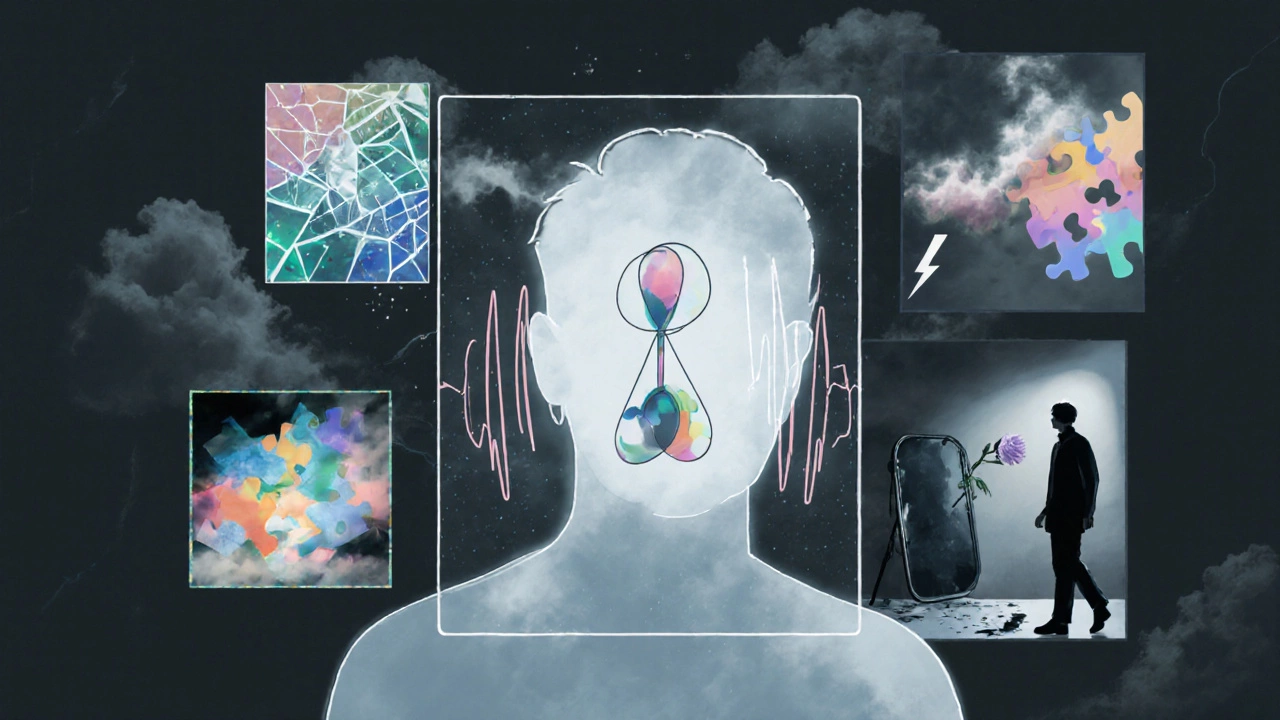
Why Do Some Mental Illnesses Lack a Cure?
Three major factors keep us from finding a cure:
- Genetic complexity: Genome‑wide studies show dozens of risk genes for schizophrenia, bipolar disorder, and ASD. Editing or replacing these genes in a living brain is beyond today’s technology.
- Neurodevelopmental timing: Conditions like autism arise before birth, shaping brain networks in ways that later interventions can’t fully undo.
- Neurochemical redundancy: Multiple neurotransmitter systems (dopamine, glutamate, serotonin) interact. Targeting one pathway rarely eliminates the whole disorder.
Research is moving fast-new gene‑editing tools, neuromodulation, and personalized medicine hold promise-but a definitive cure remains out of reach for these illnesses.
Living Well With a “Not Curable” Diagnosis
Accepting that a mental illness isn’t curable doesn’t mean giving up. Here are proven strategies that help people thrive:
- Medication adherence: Consistency prevents relapse. Use pill organizers or digital reminders.
- Therapeutic support: Ongoing CBT, DBT, or family therapy keeps symptoms in check.
- Routine & structure: Regular sleep, meals, and exercise stabilize mood and cognition.
- Peer groups: Connecting with others who share the diagnosis reduces isolation.
- Skill building: Social skills training for autism or emotional regulation drills for BPD improve daily functioning.
Most importantly, cultivate a supportive network-family, friends, clinicians-who understand that "management" is a lifelong partnership.

Common Misconceptions
| Myth | Fact |
|---|---|
| People with "uncurable" disorders can just "snap out of it". | Brain chemistry, genetics, and early development create persistent vulnerabilities that require professional care. |
| If there’s no cure, treatment is useless. | Effective treatment can reduce symptoms by 70‑80% and dramatically improve quality of life. |
| All mental illnesses are lifelong. | d>Many conditions (e.g., specific phobias, some anxiety disorders) do remit fully with therapy.|
| Medication alone cures the disorder. | Medication controls symptoms; psychotherapy and lifestyle changes address functional recovery. |
Quick Checklist for Patients & Caregivers
- Schedule regular appointments with a psychiatrist or therapist.
- Track medication side‑effects and effectiveness in a journal.
- Set up a crisis plan (who to call, emergency contacts).
- Engage in at least one supportive community activity weekly.
- Review your treatment plan every 6-12 months; adjust as needed.
Frequently Asked Questions
Can any mental illness become curable in the future?
Researchers are exploring gene‑editing, stem‑cell therapy, and deep‑brain stimulation. While breakthroughs could dramatically improve outcomes, a complete cure for complex, polygenic disorders like schizophrenia is still speculative.
Is it okay to stop medication once I feel better?
Stopping abruptly can trigger relapse, especially for illnesses labeled non‑curable. Always discuss tapering with your psychiatrist.
Do lifestyle changes really help if there’s no cure?
Yes. Regular exercise, balanced diet, and good sleep hygiene can lower symptom severity and improve medication response.
Are there insurance options that cover lifelong treatment?
Most health plans cover chronic psychiatric care, but coverage varies. Check your policy for limits on therapy sessions and medication caps.
How can families support someone with an incurable mental illness?
Stay informed about the condition, attend appointments when possible, encourage adherence, and practice patience. Family therapy can also address relational strain.
If you or a loved one carries one of the diagnoses listed above, remember that "not curable" simply means the brain’s wiring won’t reset on its own. With the right mix of medication, therapy, and daily structure, many people lead full, productive lives.
not curable mental illnesses deserve compassion, evidence‑based care, and realistic hope - not resignation.
